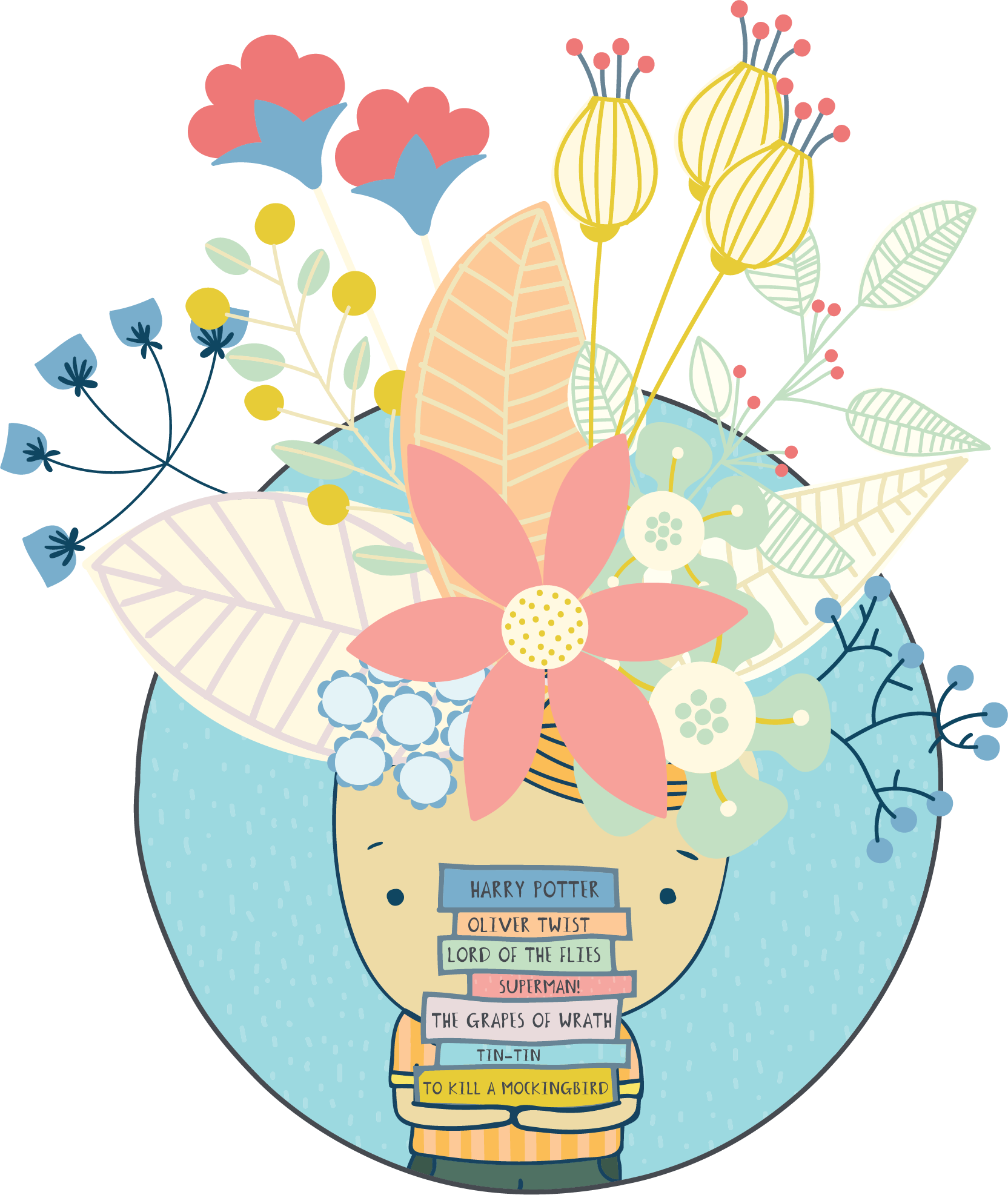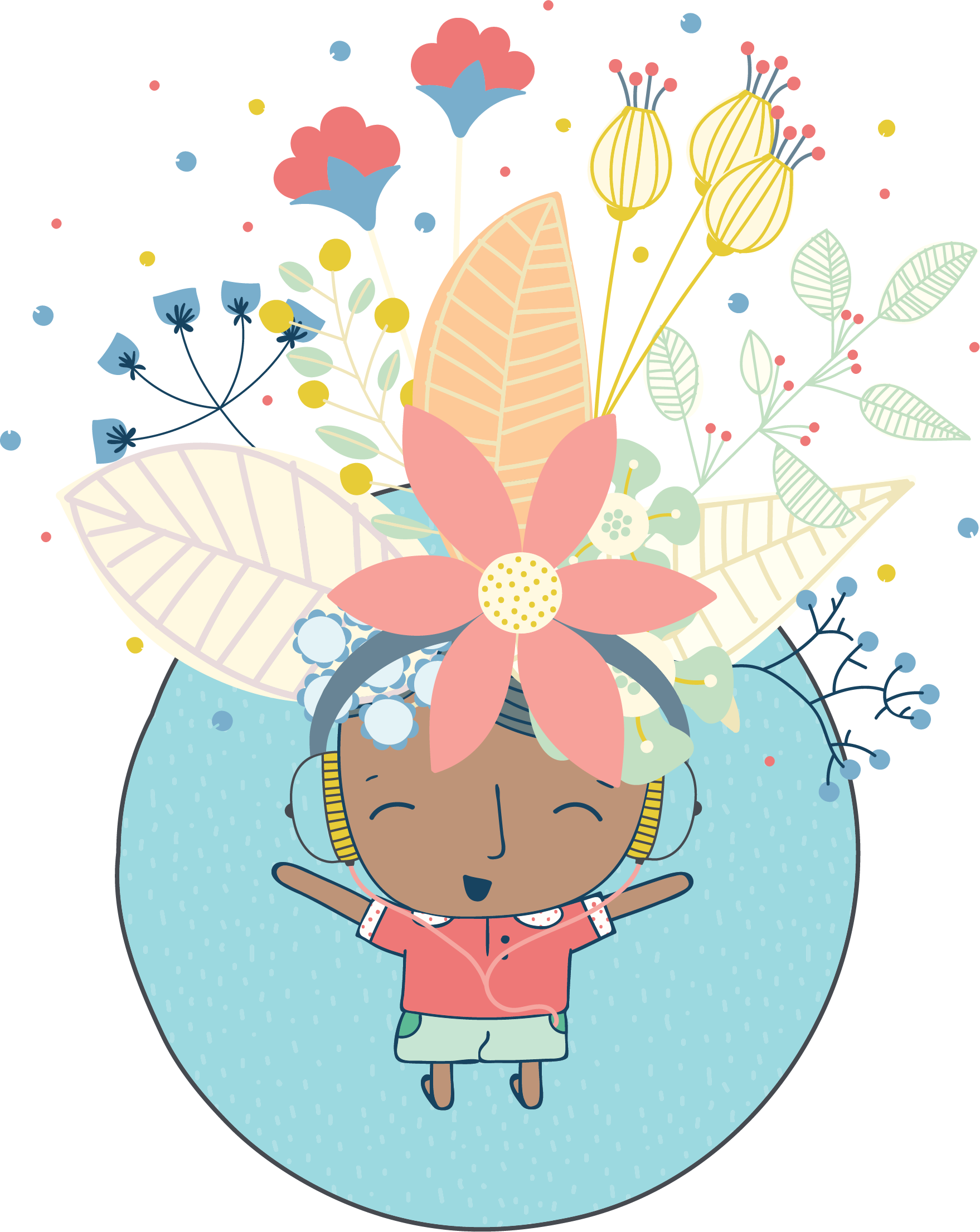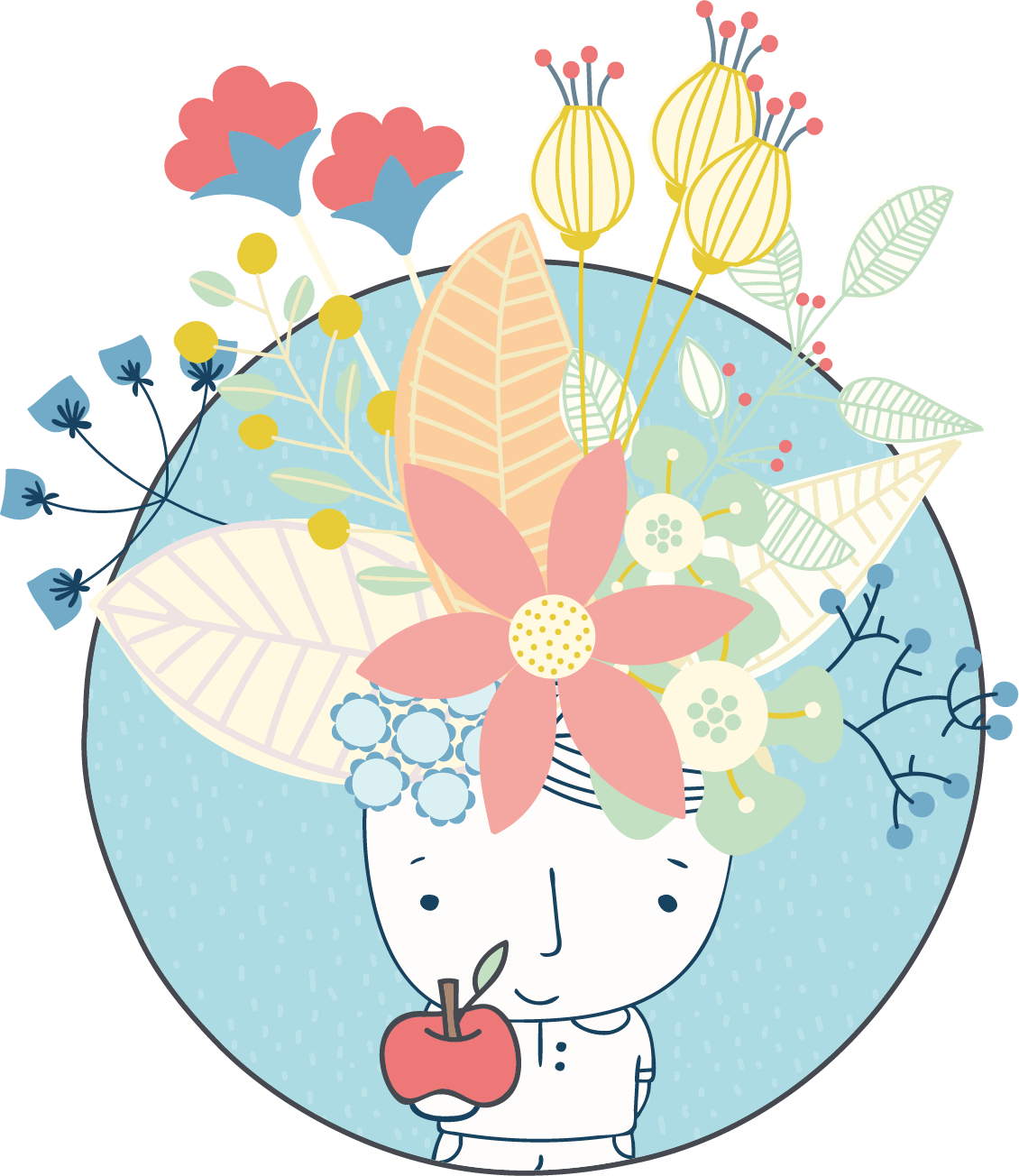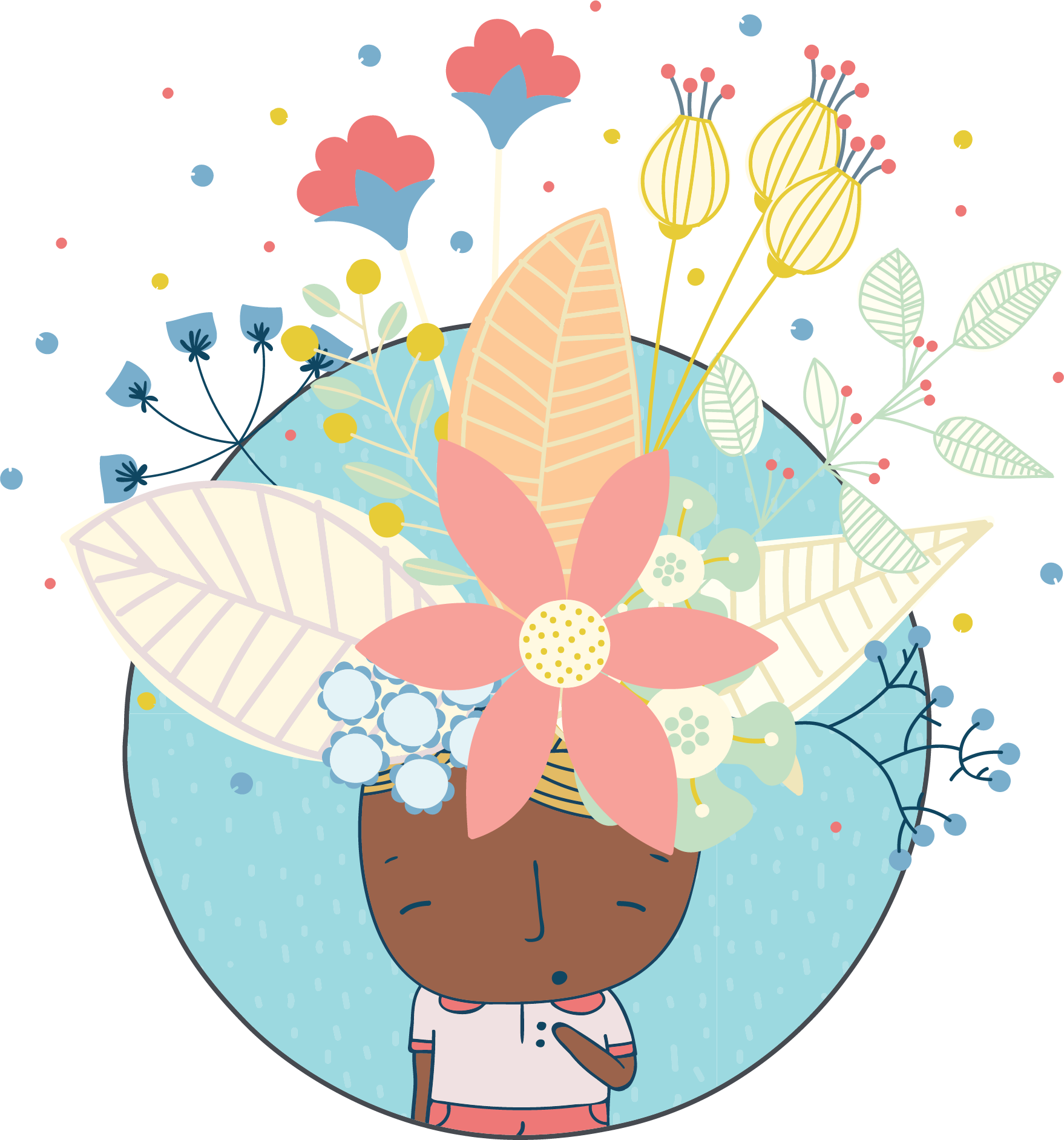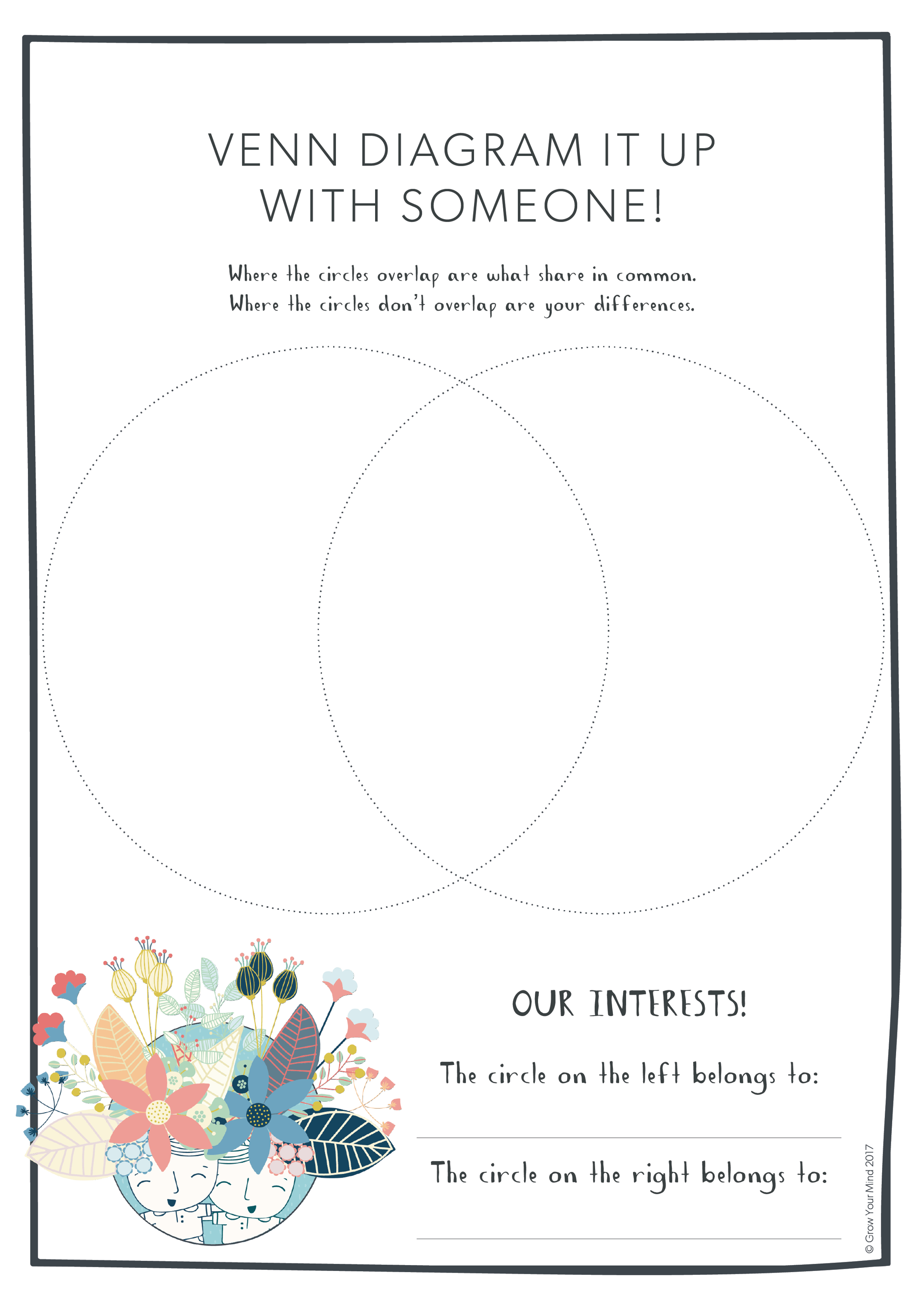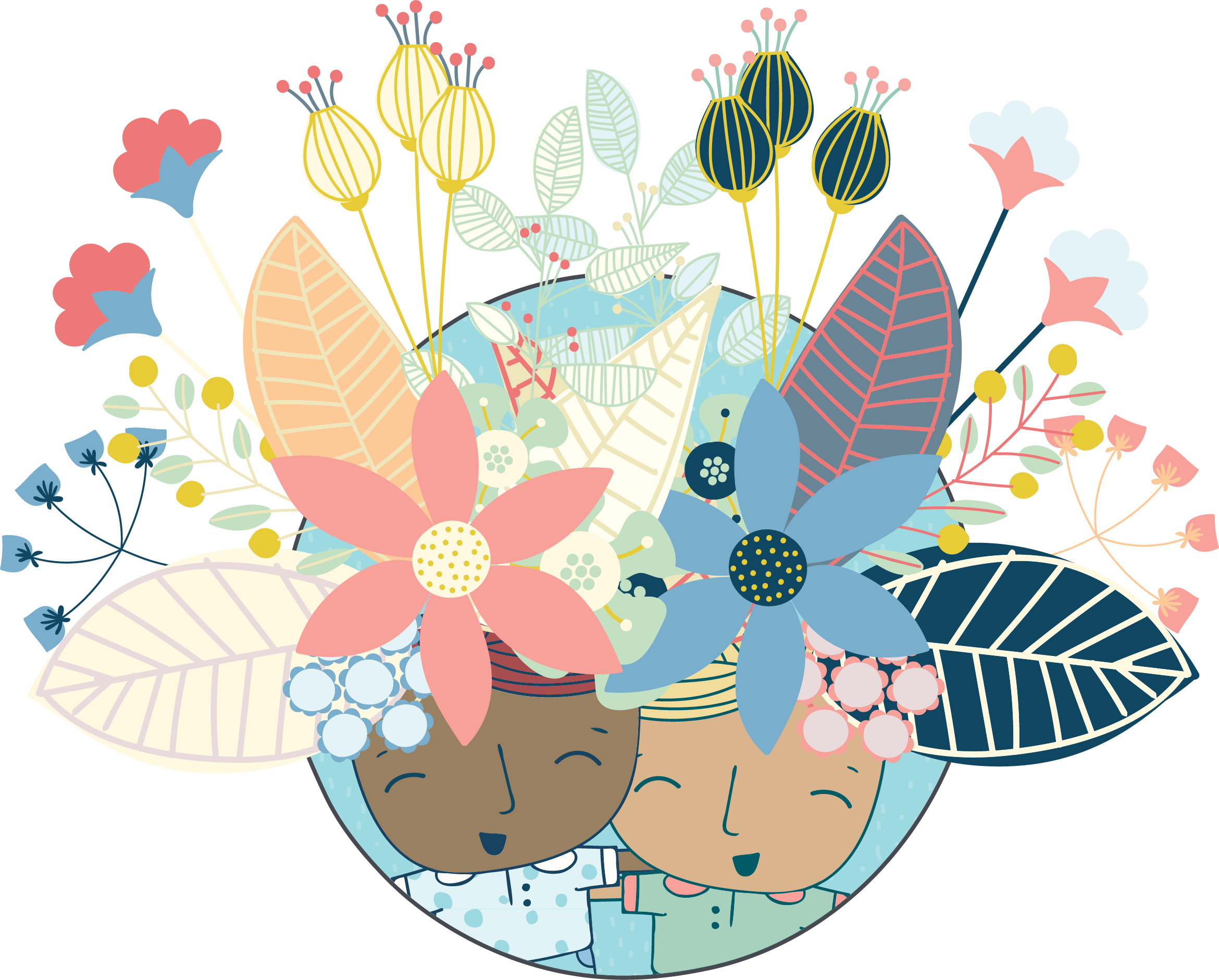
Teachers! The purpose of this page:
To help students identify healthy friendships and to understand what a respectful relationship is.
WHY:
One of the greatest indicators for enduring good mental health is the presence of high quality friendships. It requires a skill set to be a good friend and to ensure you stay in a healthy friendship.

How to use this page:
Use the quick links to find a subject area that your students are needing or interested in. Focus on friendships for a full term and/or visit this page weekly to reiterate and repeat the core messages for maintaining healthy friendships and fixing or ending unhealthy ones.
Quick links
3 - 6

Facts to revisit each year
#1 You don't have to be friends with everyone but you do have to be FRIENDLY to everyone.
#2 Not all friends are good for us. Just like not all food is nourishing for our bodies - some people don't make us feel great. See fact #1!
#3 Conflict is part of every friendship. You do not need a big Guard Dog (amygdala) to deal with conflict. Take a breath before you speak, write, text or do anything.
#4 Friendships change and that's ok.
#5 No friendship is perfect.
#6 Generous assumptions help every friendship - what is the best you could assume about your friend?!
Ingredients + Method for a healthy friendship
Friendships
We need them! But we don't need to be friends with EVERYONE! In fact, not all friendships are good for us. Friendships change too, this is normal.
It is helpful to start thinking now: what makes a healthy friendship for me?
K - 2
Pick 2 things you think make a good friend
3 - 6
Create your own recipe for a healthy friendship. Get creative. Grab paper, coloured pens or use a device.


Listen to get inspiration for your recipe:
play this episode
More Dangerous than Smoking podcast episode. This introduces the concept of healthy friendships. Complete the reflection podcast episode.
Create your own guide:
Print and complete your own guide to healthy friendships.
What are the must haves?
What do you need a lot of?
What boundaries do you have in place? (Avoid wherever possible and avoid at all costs?)
Signs that a friendship is unhealthy:
Activity idea 1:
Ask students to think/pair/share about what they think the signs of an unhealthy friendship might be.
Complete above student print out.
Activity idea 2:
Invite students from Year 4 through to Year 8 to complete a short quiz about a friendship they may sometimes struggle with. NB it is very important that they do not share with anyone who they are thinking of.
At the end of the quiz they will be directed to a page that looks like this one with strategies students can work on to gain more confidence in creating a healthy friendship and/or speak up about an unhealthy one!
7 - 8
In pairs discuss the following questions:
Do you think it is easy or hard to leave an unhealthy friendship? Why?
Do you think people deserve a chance to explain their behaviour or do you think ghosting* is the only answer some times?! Why?
Why do you think it can feel awkward bringing issues up with a friend? What are some things you could do to help you have a tough conversation?
*ghosting is when someone stops talking to you, or including you but never has the conversation about why. It is not a kind or productive way to deal with friendship change!
Learn to manage conflict well:
Student print out of dealing with conflict well
Student print out: what helpful things can I do after a fight with a friend
Complete the rephrasing sentences for dealing with conflict
Practice imagining a different point of view with this perspective presentation
Practice Talking it Out
Activity idea: 3 -8
In pairs invite students to try and memorise the steps. Give students around 5 - 10 minutes. Then call FREEZE! Pop the flow chart face down and see if they can respond to each step of the YES journey.
Enlarge the flow chart. Invite students to refer to it after tense moments with friends and if they have come to you with a problem about a friend.
Student print out: what helpful things can I do after a fight with a friend
7 -8
Think of a recent argument you had. Can you image it from your perspective and from the person you argued with?
Complete: My thoughts. Their thoughts.
Time to apologise?
We all make mistakes. We can all be mean or less than kind sometimes. The important thing is what you do next.
Listen to: Keep it But Free
Season 3 of the Grow Your Mind Podcast
Print and practice the flow chart of saying sorry
Activity: role play saying sorry. Brain storm with the students all the mistakes we might make, the hurtful things we might say, the actions we tend to get wrong. Using the flow chart, act out the scene and follow up with a good apology!
7 - 8
Reflect. Write down a reflection of when you or someone else delivered a not so helpful apology! What could you or they have done better? Would it have helped the situation? Why/why not?
How to be a good friend
Print: Poster Version
Read this book! It is a lovely extension of being a kind person to others. The way we treat each other is super important.
Discussion questions:
Have you ever felt invisible?
Do you think there might be people in the class who feel invisible in our class? How could we make each other feel seen?

Poster Version - draw a picture
You don't have to be friends with everyone but you do need to be friendly to everyone
Think of 3 ways you could extend your kindness and friendliness to people who aren't your friends.
How to make a friend
Are you:
Starting a new school?
Starting a new sports team?
Wanting to make new friends because your current friendships are a little unhealthy?
Whatever your reasons, making friends can feel hard, terrifying and exciting all at the same time. It takes practice and it takes perseverance. This means you have to stick with it, because friendships are SO important for our wellbeing. Don't worry if it takes a while, practice these skills and keep on trying.
Practice asking questions with these conversation starters
Be a bucket filler
Read this book or find a read- a - loud on youtube.
Explain that when we are kind to others, we actually feel better about ourselves too. This is a book that explains that!
After reading the book. Print the fill a bucket sheet and make a plan for how you can be a bucket filler at school AND at home!
Songs!
Play these songs when time permits and invite students up and moving! Explain that each song helps us to be a good friend. Why do the students think that might be? See brackets for ideas!!
Jealousy (it is normal to feel jealous, make sure you name it, otherwise it can ruin friendships)
Sorry (it is normal to make mistakes, you can make amends but saying sorry in a helpful way)
Boundaries (it is important we let people know what we are not comfortable with and it is important to respect other people's boundaries)
Reasons friendships change
FACT:
Friendships change. It's a normal part of life - for all of the reasons in the poster AND more!
FACT:
This can be super hurtful, confusing and make for a lonely time. It can also lead to feelings of guilt because you no longer feel as connected with your friend as you used to.
FACT:
Friendships, despite all of the above, still change. That's ok. It is a normal part of life.
TIPS:
Try talking it out if you want to try and keep your friendship thriving.
Make sure you don't 'ghost' someone just because your friendship has change. Call on the character strength: respect and empathy. Treat people how you wish to be treated. You don't have to be friends with everybody, but being friendly is a fairly basic courtesy you can take.
3 - 8
In pairs:
Brainstorm other reasons for change and what you can do about it. Use the problem solving flow chart to help.
7 - 8
Journal! Keeping in mind that it is normal for friendships to change, write down a reflection of a friendship that has changed and why you think it has. Try to keep highly emotive language out of it. Almost see this task as an opportunity to be balanced! This is a private activity and not for sharing.

Positive reappraisal using
Yes, conflict is normal!
However that does not mean it is unavoidable! Sometimes we create stories in our heads. We can challenge this by creating a positive reappraisal. A positive what?! Basically, sometimes bad things happen. We need to make sure we honour this and DO NOT fall into the trap of making a positive out of every situation. However, sometimes we miss out on an award, a spot on the sporting team or maybe we don't get included in a party or hang out. Our brains will naturally jump to the worst conclusions. Enter: they hate me, I am hopeless, I am a failure etc . Our brains are amazing but we can challenge some of the unhelpful 'stories' we create after events happen. The fancy word for this is positive reappraisal which essentially means we try and reinterpret events or situations in a more positive manner. There are steps you need to follow to be able to do this. See below
Listen to: Generous Assumptions ( Season 3 of the podcast)
In pairs:
How might making generous assumptions prevent conflict?
Come up with a shark thought and then a dolphin thought for the following examples:
My friends are laughing
My friend doesn't smile when I say hi
My friends are whispering
5 - 8
It can help to give your pesky, self-doubting shark thought a name. It can serve as a reminder that thoughts are not facts. Complete the drawing challenge and name your silly shark thought.
7 - 8
Create a one page first person choose your own adventure story.
The first two paragraphs should be setting the scene. Something takes place (friends laughing, not being included in a sleepover, not invited to join a team etc) Now create two endings.
One where a story is created that is not helpful in the narrator's mind and taken as a FACT! What are the ramifications?
And the second - where a story is created and challenged. Make sure to include the sentence: the story I am telling myself is......... (my friends hate me, I am boring etc) followed by: but is this a fact? Be sure to create an ending whereby you challenge the thought and replace it with another. How does it work out for you?
Positive reappraisal practice
Print out a copy of the above steps for making a positive reappraisal. See if students can remember all 4. Pairs can test each other.
Next read the above scenarios out and ask students to use a positive reappraisal strategy. You could extend this into role play. E .g play, freeze, rewind and replay scene. First step should be students acting out not using a positive reappraisal and jumping to conclusions. Then they should replay using one of the strategies above.
Trouble shoot - how big is this problem?
3 - 8
Print and practice being a problem solver. Do you need help or can you sort this one out on your own?
Activity idea:
In pairs invite students to try and memorise the steps. Give students around 5 - 10 minutes. Then call FREEZE! Pop the flow chart face down and see if they can respond to each step of the YES journey.
Enlarge the flow chart. When students return from the playground upset, angry or frustrated and are looking to you for help, ask them to go to the flow chart FIRST!
Watch:
Read their story of friendship
This is a plor-trait (playdough portrait) of Owen and Mzee, a baby hippo and a 130 year old tortoise, who formed an unlikely friendship.
A few facts about hippos and tortoises!
The semi-aquatic Hippopotamus is the world’s third largest land animal and are more closely related to whales and dolphins than other herbivorous land grazers. Despite their appearance, hippos are known to be unpredictable at times and are responsible for more human deaths in Africa than any other animal!
The Aldabra tortoise can weigh up to 250kg, they move super super slowly and prefer to be alone. They eat mainly grass, herbs, leaves and fruit but are said to also eat meat when it is available.
Before the unlikely friendship began, Owen, a baby hippopotamus lived with his mother in a pod of about 20 other hippos. They fed and wallowed in and around the Sabaki River in a small coastal town called Malindi in Kenya.
On the morning of 26, 2004 a devastating tsunami occurred in the eastern Indian Ocean on December 26, 2004. The towering waves of the tsunami were caused by a massive earthquake under the ocean floor near Indonesia. More than 175,000 people lost their lives and entire towns were destroyed.
Villagers in Malindi noticed the day after the tsunami that there was a baby hippopotamus in the sea, without its mother, stranded on a sandy coral reef among the sea grass. He seemed too frightened and exhausted to reach the safety of the shore on his own. Soon hundreds of villagers were working together to help the young hippo, they tried everything from boats, to ropes, to cars and more to rescue him. But he was HUGE and scared and very angry with the humans!
Eventually a man named Owen bravely tackled the baby hippo to the ground and held him calmly and for long enough for ropes to be placed around him. This enabled the villagers to safely drive the baby hippo, now named Owen, to a wonderful animal sanctuary nearby called Haller Park. By now Owen was very dehydrated and rescuers were worried that if he didn't start eating and drinking soon, they would lose him.
Owen was placed in a part of a park that had a pond, a mud wallow and tall trees. The area was already home to a number of velvet monkeys and a giant 130 year old tortoise called Mzee (which means wise old man in the Swahaili language). Mzee liked his own company and NOT anybody else's!
As soon as Owen was released into the sanctuary he headed for Mzee and crouched behind him. Mzee was not impressed, hissing and trying to bite Owen and constantly moving away. But Mzee was very slow so Owen persevered and kept up easily, constantly following him around. The workers in the park tried to give Owen food and water but he would not eat or drink, they became even more concerned. However they noticed Mzee showing Owen his favourite leaves to eat and Owen began to nibble away. When the park workers checked on the pair the next morning they were snuggled up together.
Interestingly they began to observe that grumpy old Mzee was enjoying Owen’s company. He started not just leading Owen but also following him, they swam, drank and played together. They would rub noses together and slept side by side.These two animals could easily have injured each other. In fact, wildlife experts are still puzzled about how a mammal, such as Owen, and a reptile, such as Mzee formed such a strong bond. They became inseparable and Owen as a result began to flourish.
Share story + questions here
QUESTIONS
What does this story teach you about friendship?
What character strengths do you think the villagers displayed?
Do you think it is important for friends to like the same things or to have similar values? Why?
Track a friendship
in a book
Print out the healthy or unhealthy relationship tracker.
As you read your current book pick out 2 relationships. Keep track of 5 key interactions and track whether they were healthy or unhealthy.
See book ideas here ( 7 - 8 book suggestions welcome and coming!)
Lessons + learning activities:

Use Season 3 of the podcast to support healthy friendships
Season 3 of the podcast has a strong friendship focus. Use the resource list to bring out the most of student learning.
